January 30 - February 5, 2022: Issue 524
Joan Reid OAM: Sydney Wildlife Rescue Volunteer
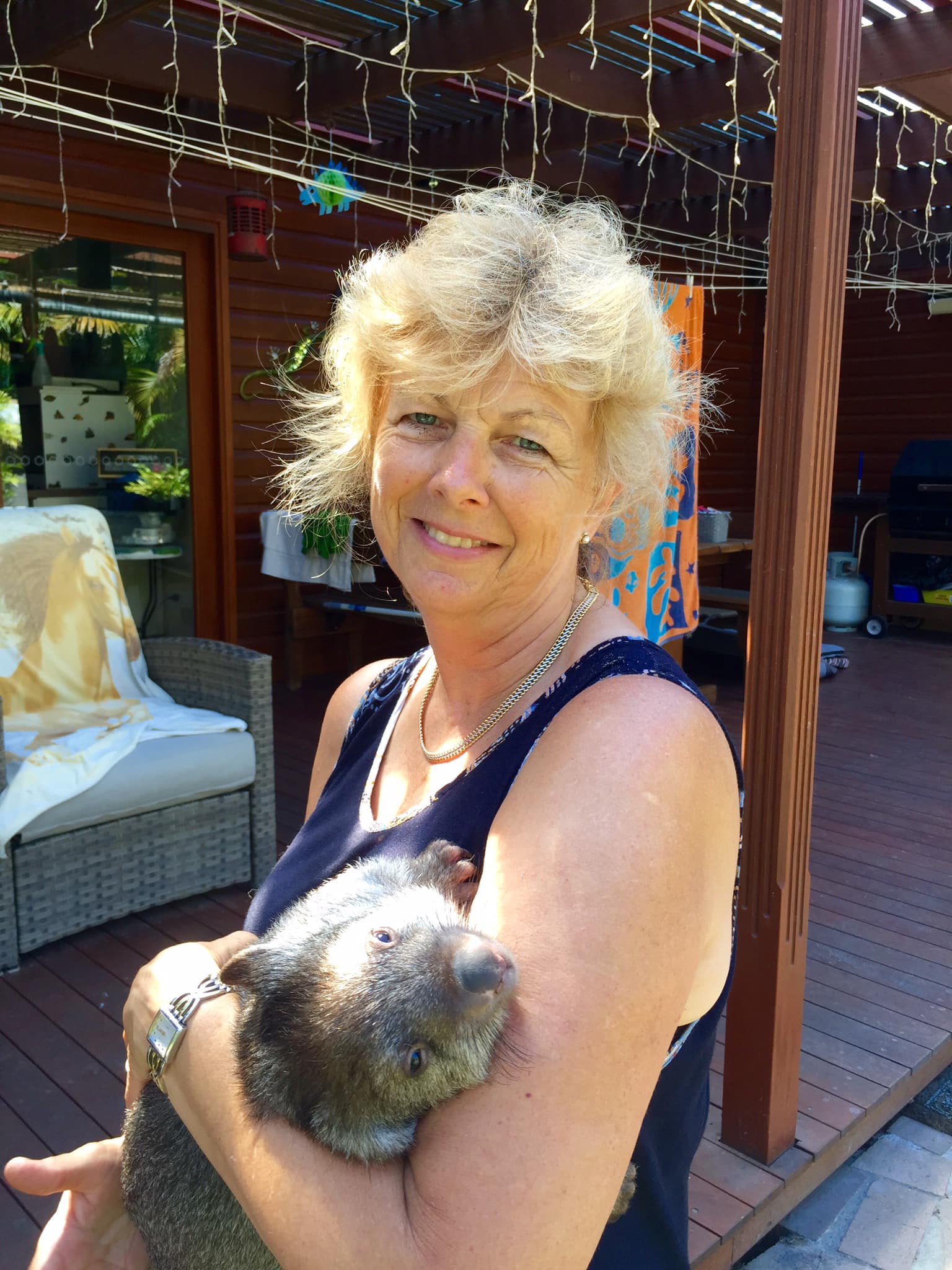
This year's Australia Day Honours List included an OAM for local Sydney Wildlife Rescue volunteer Joan Reid.
The citation reads; 'For service to conservation and the environment.
And lists:
Wildlife Conservation
- Wildlife Carer, and Manager, Waratah Park Rehabilitation Centre, Sydney Metropolitan Wildlife Services, current.
- Fundraiser and Campaigner, Sydney Wildlife's Mobile Care Unit, 2020.
- Wildlife Rescuer/Carer, Sydney Wildlife Rescue, since 2007.
Awards and Recognition include:
- Outstanding Community Service Award, Northern Beaches Council, 2019.
- Liane Poulton Award for outstanding Contributions, Sydney Wildlife Rescue, 2020.
- Caring for our Native Animals Eco Awards, Northern Beaches Council, 2021.
This week Pittwater Online News spoke to Joan about the recognition the OAM represents and about how it all began.
Congratulations! You have been recognised in this year’s Australia Day Awards ‘For service to conservation and the environment.’ What does this recognition mean to you?
It’s very humbling to think that someone has taken the time to nominate you and that your peers think you are doing a great job. It’s a very exciting at the same time. I’m absolutely thrilled
You commenced as a Sydney Wildlife Rescue volunteer carer in 2007 – what was the spark that made you want to do this?
I worked for more than 25 years at Taronga Park Zoo as a zookeeper. When I left the zoo in 2007 I missed working with wildlife (working with domestics was great but not the same) so I volunteered for Sydney Wildlife Rescue, this way I could continue to help the wildlife that I had learnt so much about at the zoo.
You were also behind setting up the Waratah Park Rehabilitation Centre – how did that happen?
Sydney Wildlife rescues and hand raises around 13,000 animals per year. Once the animals are well or almost ready to be released, we need to think carefully about how they are released. While soft release is the best, it can have its own issues. Did the animal come from this area, are there too many animals of this species released from this site leading to overcrowding etc.? Understanding that not all carers are able to do soft releases from their back yards, Sydney Wildlife Rescue decided to set up a rehabilitation centre for the animals that require rehabilitation and monitoring prior to release back into the wild.
Finding a site for the rehabilitation facility presented me with challenges and considerations. Land gradient, short or long-term options, owner privacy, construction of facilities and cost were a few things that needed to be addressed.
After thinking about the issues and about the area where we wanted to build, I came up with the idea of the old Waratah Park site and former home of Skippy at Duffys Forest, Sydney.
I thought this area could be potentially worth looking at as it had some enclosures already (even though it closed down many years ago). After a few phone calls and multiple discussions I learned Crown Lands owned the land so I met with representatives and put Sydney Wildlife’s case forward for a macropod rehabilitation centre. To summarise, we managed to get a license for part of the park, costing $540 per year. Now the land is owned by the MLALC and they allow us to use their land for our rehabilitation facility without charging us.
Duffys Forest is a great spot for a rehabilitation facility as it is double fenced where our animals would be located, and there is lots of bush around leading down into Kuring - gai National Park. We are not allowed to release into the park but the bushland setting with very few people around is perfect.
Now the really hard work began because we had to raise funds and construct a rehabilitation area where our hand raised or injured animals could build up muscle strength and stamina before being released.
Significant donations were given through our Global Giving project page. Many corporate companies have also helped us immensely with donations, materials and volunteers hours s we needed to set up enclosures for the animals.
Sydney Wildlife members are extremely busy looking after their rescued animals, working professionally, and in addition, looking after their families. Because of Sydney Wildlife's members busy schedules, I needed to find other people willing to commit to helping us on a regular basis.
Contacting organisations such as Dell, VMWare, Ernst and Young, Bayer, Bunnings etc., and asking if they would be interested in helping us, as volunteers to accomplish this need, helped us so much. Many companies have community days where they allow their staff to work for non-profit organisations such as ours. Certain companies allow their staff to volunteer to work once per month while others allow 2 days per year, and other companies allow 1 day per year. We have been fortunate to have on average one volunteer day per month.
In return, on a volunteer day, we provide morning and afternoon tea with homemade cakes and the volunteers organise their own lunch.
Our day begins at 8.30 am and sometimes I have to push our regular Dell and VMWare volunteers to go home. Their enthusiasm is very much appreciated.
Some of the companies use the volunteer day as a team building exercise and also have meetings in the afternoon. Other companies such as Ernst and Young hold workshops and have provided valuable guidance for yet another project, the Mobile Wildlife Vet Clinic.
This was an idea that I had previously thought about and so was exciting to see that plan gaining momentum and become a reality. I'm forever grateful to Lynleigh Grieg who did so much for so long to help this happen. Lynleigh is our PR supremo and my partner in getting that project done.
Although Waratah Rehabilitation Centre looks after all wildlife there is a focus on macropods – why these species?
After I had been a volunteer for Sydney Wildlife Rescue for a couple of years they asked me to be volunteer Macropod co-ordinator. To do this properly I felt my back yard was not large enough to get the hand raised macropods dehumanised, fit, strong and fast enough to be able to be released back into the wild. The Sydney Wildlife Board gave me permission to pursue looking for somewhere we could give all our wildlife the best possible chance of being ready for release. The Waratah Park Rehabilitation Centre became that facility.
The facility is only for animals in the last stage of care. It is here that they will build up their muscle strength, stamina and usually only see people once a day to feed. This separation dehumanises them and helps them assimilate more easily once released.
When animals have completed their rehabilitation in our facility we release them as closely as possible to the suburb where they came from. All the hand raised macropods have been microchipped before release. This will enable us with retrieval of information back as to the success of the program. In the first three years we released 14 hand raised micro-chipped swamp wallabies, and at this time we have not had a report of any of these being found dead.
This gives us a lot of hope that we are doing the right thing by our hand raised animals. We now have a great rehabilitation facility that many animals have benefited from.
What are the most challenging rescues or rehabilitation saves you have done?
They are all challenging in their own way, sometimes because of the terrain they are found in, sometimes due to the condition of the animal and other times because you know it is due to human interference or habitat destruction – the cutting down of their tree homes without checking who lives there for example.
What is the worst aspect of doing this volunteer work?
No Pay. LOL! No; trying to fit everything in around feeds (sometimes 2 hourly). My family, being supportive, usually have to fit into the animal rescue schedule. There have been times when there has been a family event happening or somewhere the rest of my family is going and I simply cannot go because I have a feed to do in two hours. So that can be tough and I’m very thankful that my family has been so supportive over many years of the work we do.
While on that, I would like to thank the dedicated team of Sydney Wildlife volunteers who help educate and look after the animals at the park on a regular basis, they are the people that make this possible. I would also like to thank the Metropolitan Local Aboriginal Land Council for allowing us to use their land for our rehabilitation facility.
We are grateful to the many companies and individuals that have given money and for the many companies that have given people power. We are extremely grateful to EY for not only providing people power but also setting up a strategic plan to help Sydney Wildlife to flourish, Dell for being our regular volunteer team, they make such a difference every volunteer day. VMWare for helping Sydney Wildlife with their computer system and everyone else who has helped make this facility what it is today.
Thank you also to Ernst and Young employees, Bayer employees, Bunnings, PM Capital, Mathews Constructions, Terry Hills Veterinary Hospital Barracks Veterinary Hospital, Dr Howard Ralph, and Aldi for food supply.
I’d also like to thank my family, for their patience and understanding. Linda McBride and the Sydney Wildlife Waratah Park team who feed, clean and educate.
What is the best aspect of saving our wildlife?
When you are able to release them back into the wild.
What is the average time period an animal is in care – what’s the process?
Time periods for animals in care vary so much depending on age they come in, the condition or injuries they have on arrival and the type of animal.
Macropods can be in care for 18 months before release, birds as little as a few weeks.
As an example, a Swamp Wallaby whose mum has been killed by a car and is furless and still in pouch could be at the carers home for the first 6 to 8 months then at the rehabilitation facility for another 6 to 8 months adjusting to being rewilded before releasing. In that way they leave us as they should.
Nestling birds take approximately 4 weeks of hand feeing then they go into the rehabilitation facility for another couple of weeks in a large aviary. They spend time here strengthening their wings and when ready, they too are released.
How can people help?
Sydney Wildlife Rescue is a 100% volunteer organisation so you can help by donating if you cannot become a carer. We always need more hands though, so joining Sydney Wildlife Rescue and become a carer is a great way to help out. There are also other roles volunteers can help with – gathering food for those in care, answering the hotline for calls.
What everyone can do is keep an eye out for injured wildlife and call us on 9413 4300 if you do see an animal that needs help.
What are your favourite places in our area and why?
I like taking my dog for a walk along Long Reef headland, as well as around Narrabeen Lagoon, on a lead mind. Why? I think we’re all very lucky to be living in an area where you can access the ocean and bush areas any time you need a breath of fresh air and some space. It’s all so beautiful here, but Long Reef and Narrabeen are my favourites.
What is your ‘motto for life or a favourite phrase you live by?
Be nice to others and do some good when and where you can.
Also
Sydney Wildlife - A small volunteer organisation making a big difference
All information for the above is at; www.sydneywildlife.org.au
_______________________________________________________________________________________
How You Can Help Sydney Wildlife Rescue
Volunteering your time another way
There is a lot more to Sydney Wildlife than hands-on Rescue and Care animal work. Animal lovers at all levels of fitness and expertise are needed for these jobs within the organisation:
Working on the Helpline
Sydney Wildlife need volunteers to help on their Emergency Helpline - filling four-hour shifts, answering calls from the public. From 9am to 5pm, calls are taken in our Head Office in Lane Cove National Park. With the proper training, you may wish to volunteer directing rescuers to the animals in need.
Collect Foliage or Cut Fruit for Animals in Care
You may not have time or space to care for wildlife at home but you can help those who do. Foliage is constantly needed as food or habitat for animals in care. A local, willing pair of hands to gather the particular ‘browse’ required or cut fruit for rescued bats in care lets a carer concentrate on tending the animals.
Jack-of-all-trades
Sydney Wildlife always needs nesting boxes designed, constructed or installed; donated aviaries transported, erected or adapted; modification and improvements to any and every aspect of infrastructure that helps them do what we do. Tell them how you can help.
Animal transport
Whether moving boxed injured animals from a member of the public to a vet or taking an animal from the vet to a carer, you are improving its chances of survival. This work is invaluable and could suit someone who enjoys the interaction and wants to lighten the load for the busy carers.
Register to offer yourself for one of these valuable contributions and someone will contact you with further details - Fill out the registration form under "Become a Carer" "Upcoming Courses". OR - Email training@sydneywildlife.org.au if you think you can help in a different way.
Here are some examples of who you will be helping - a couple of cheeky wombats from last Summer's fires currently at the Sydney Wildlife Waratah Park Rehabilitation Facility - they have been named Mitch and M.J. by the volunteers and soon will be big and strong enough to return to their homes - as well as the antics of Coco, a Swamp Wallaby currently in care.
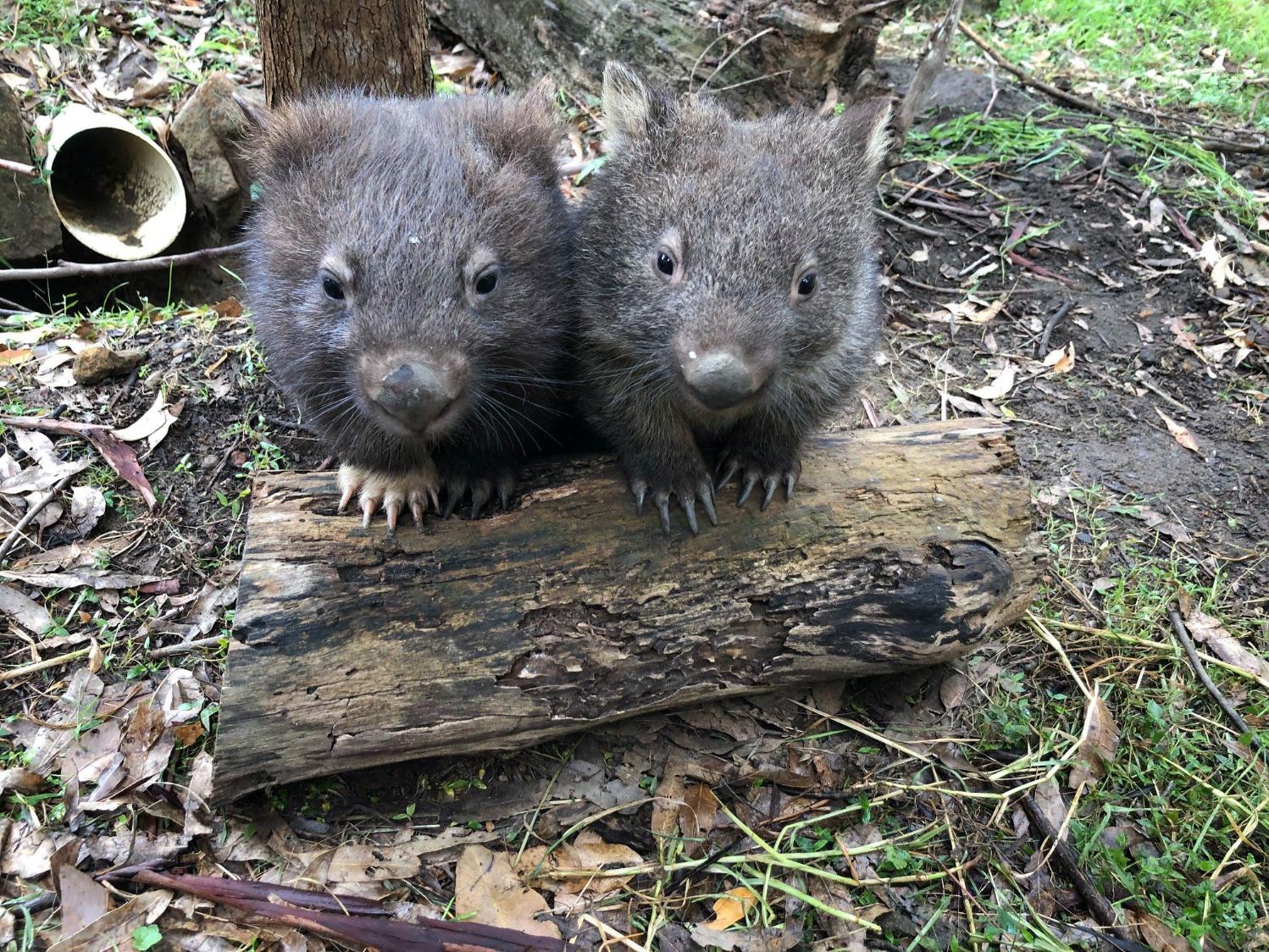
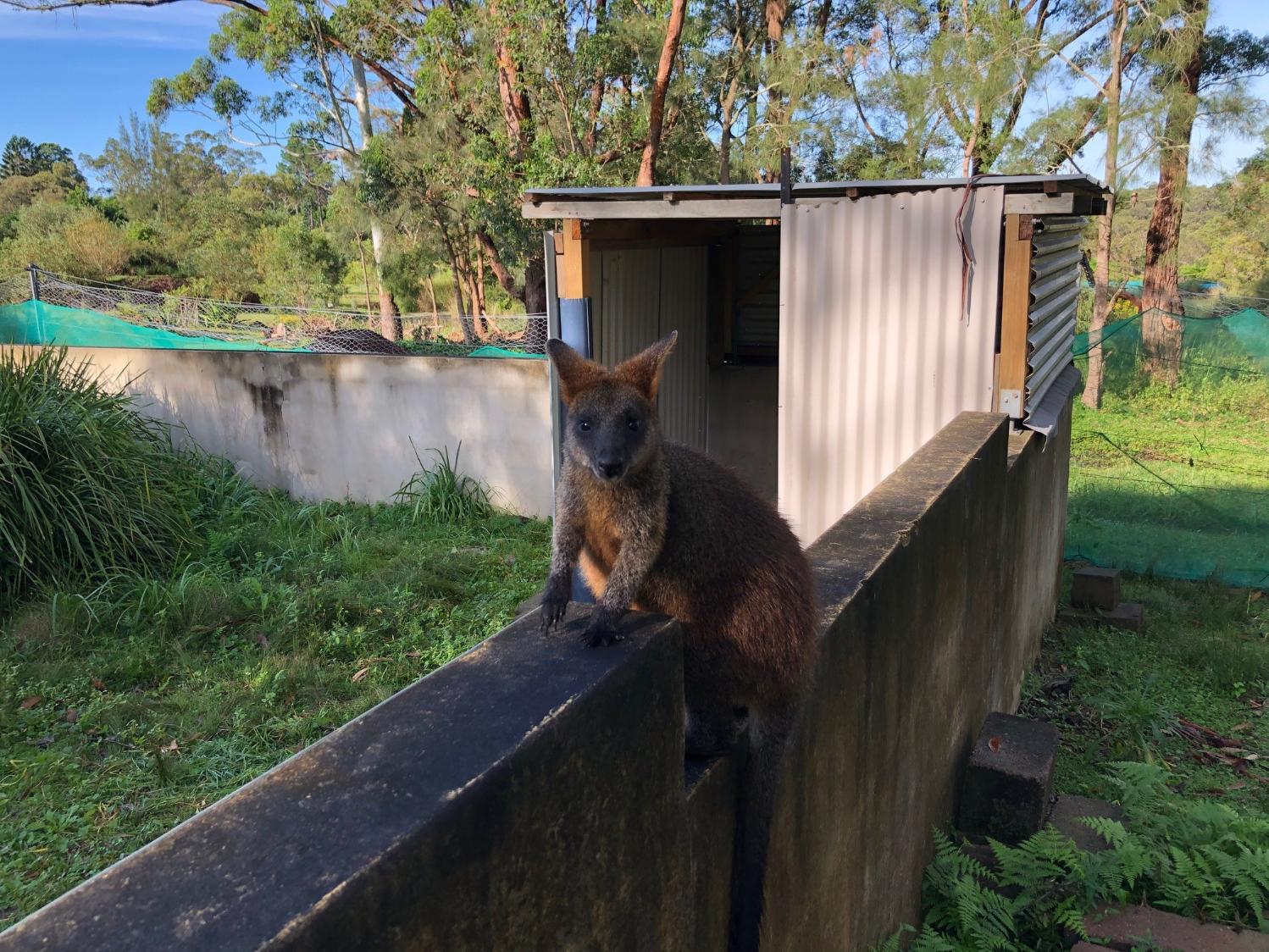
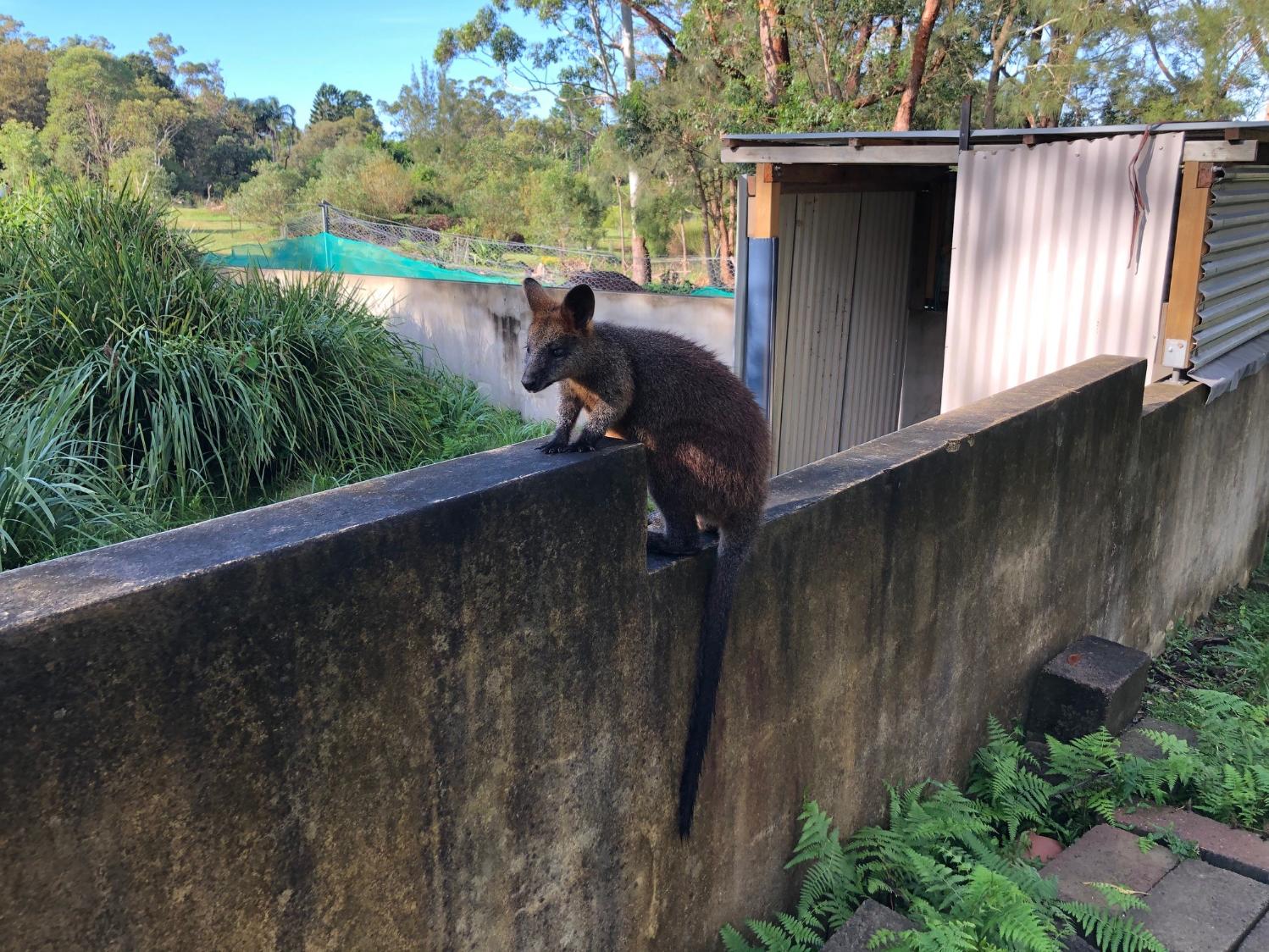
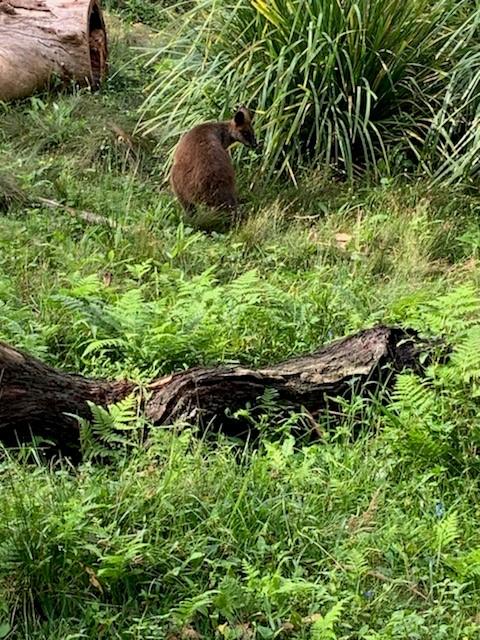
Some before and after pictures:
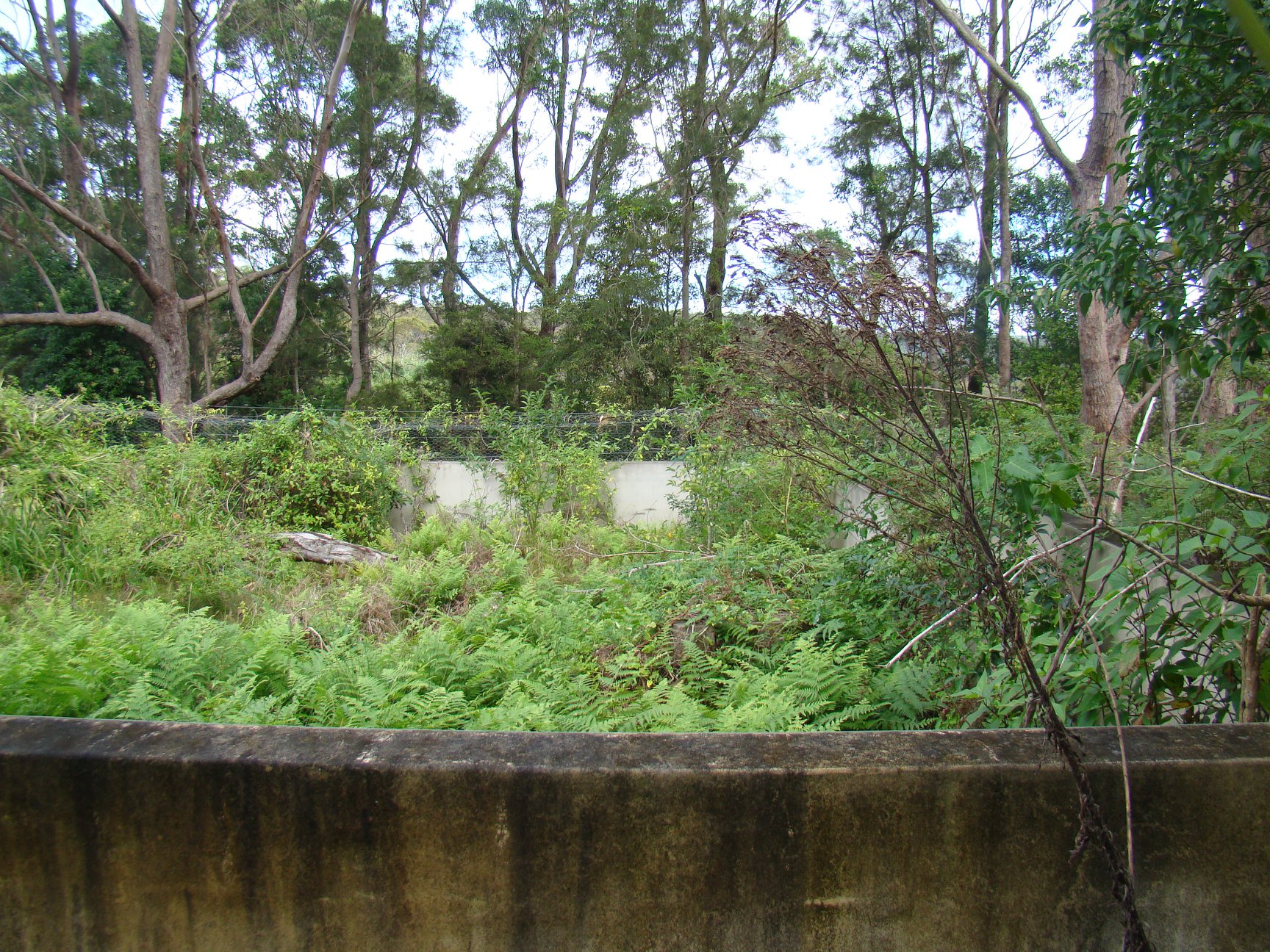
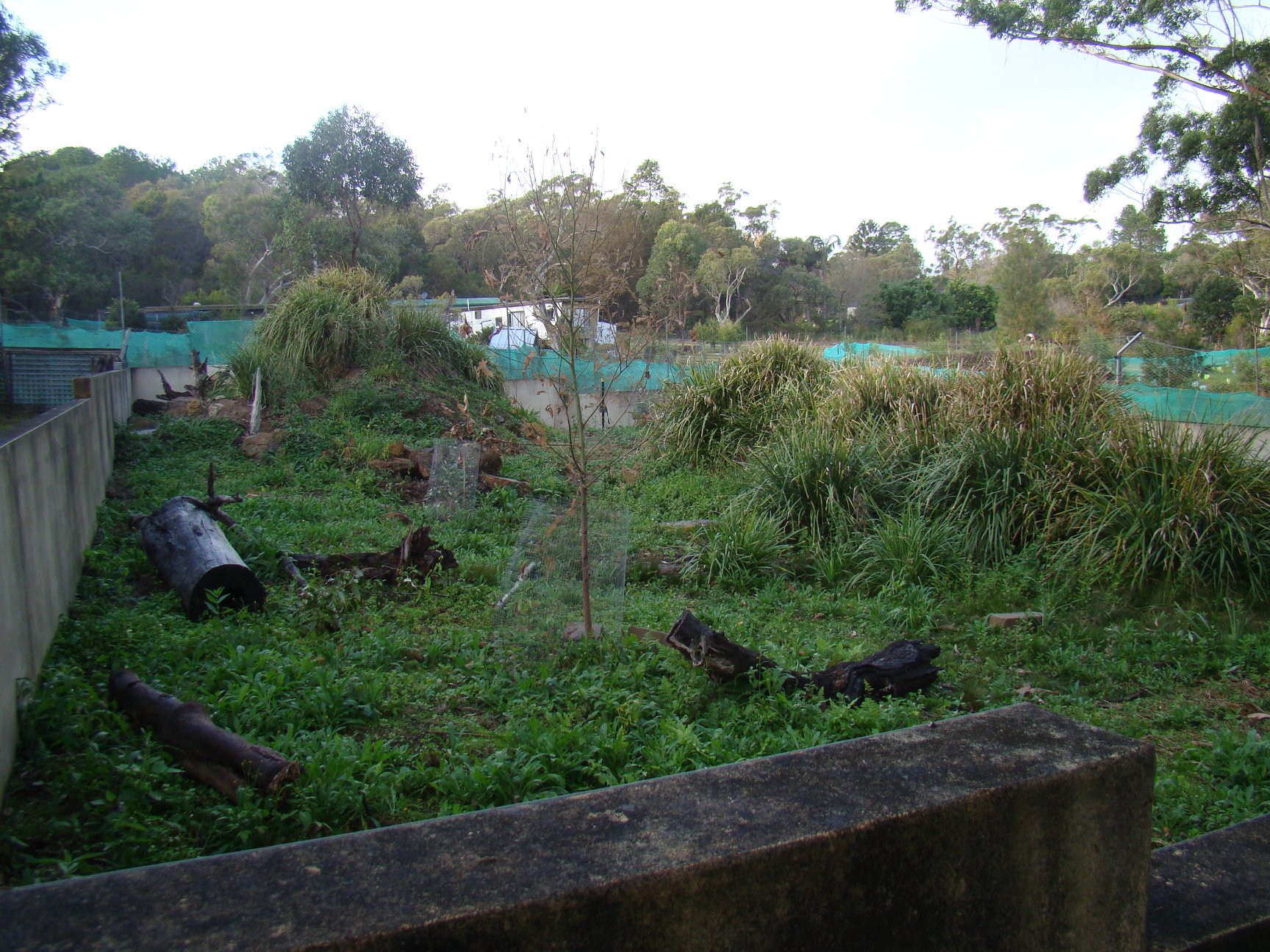
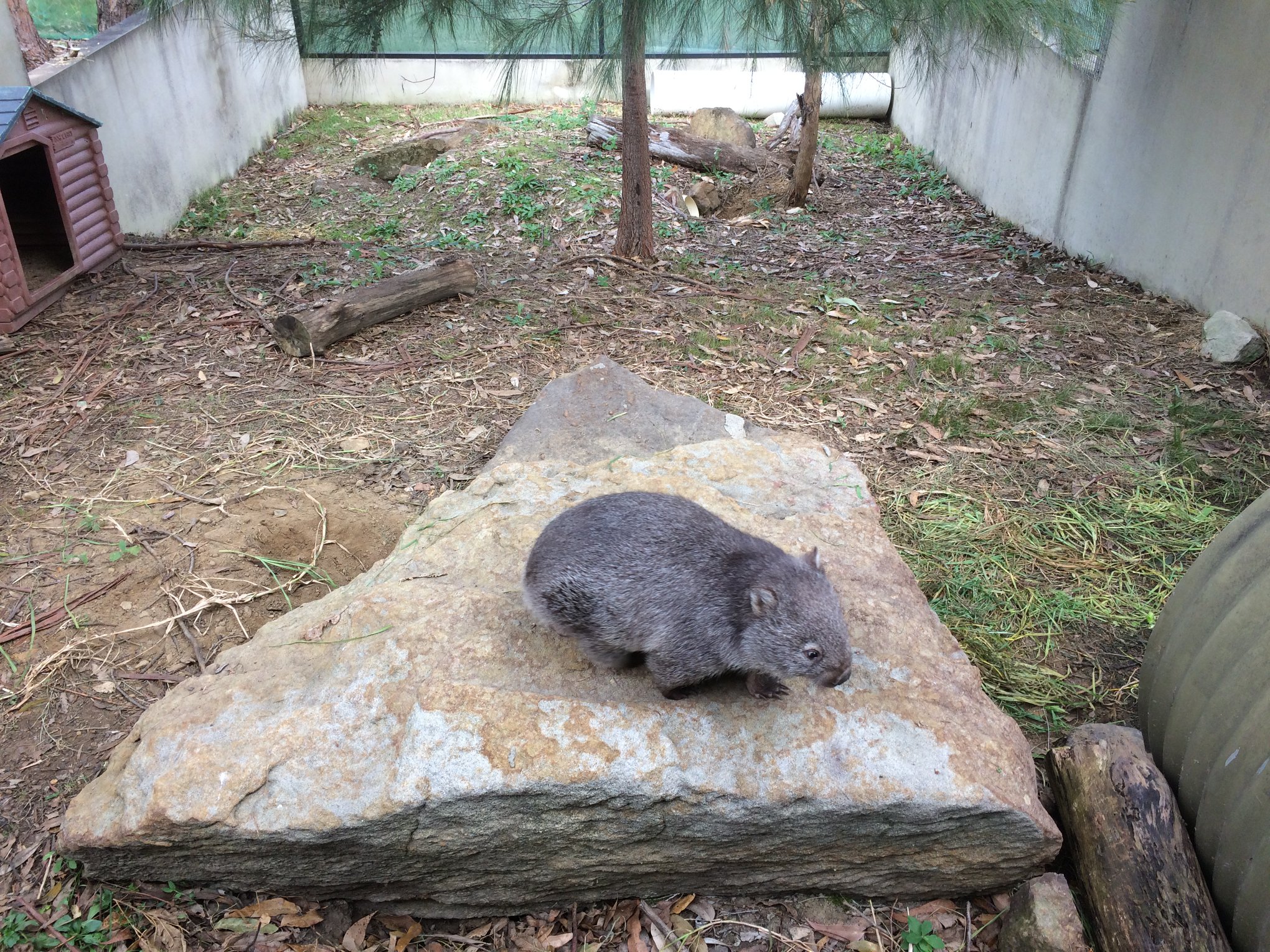
Thanks to Metropolitan Local Aboriginal Land Council (MLALC) in allowing Sydney Wildlife to use some of their land for a rehabilitation facility, these lovelies get the kind of care they need to grow well again and return to the bush. All they need along the way is lots of care from the trained volunteers and medicines and food.
Currently there are 3 fire-evacuated kangaroos and 2 wombats from the fire grounds. The volunteers also have channel bills, swamp wallabies, a red-necked wallaby and possums as well as an adorable lace monitor in care.
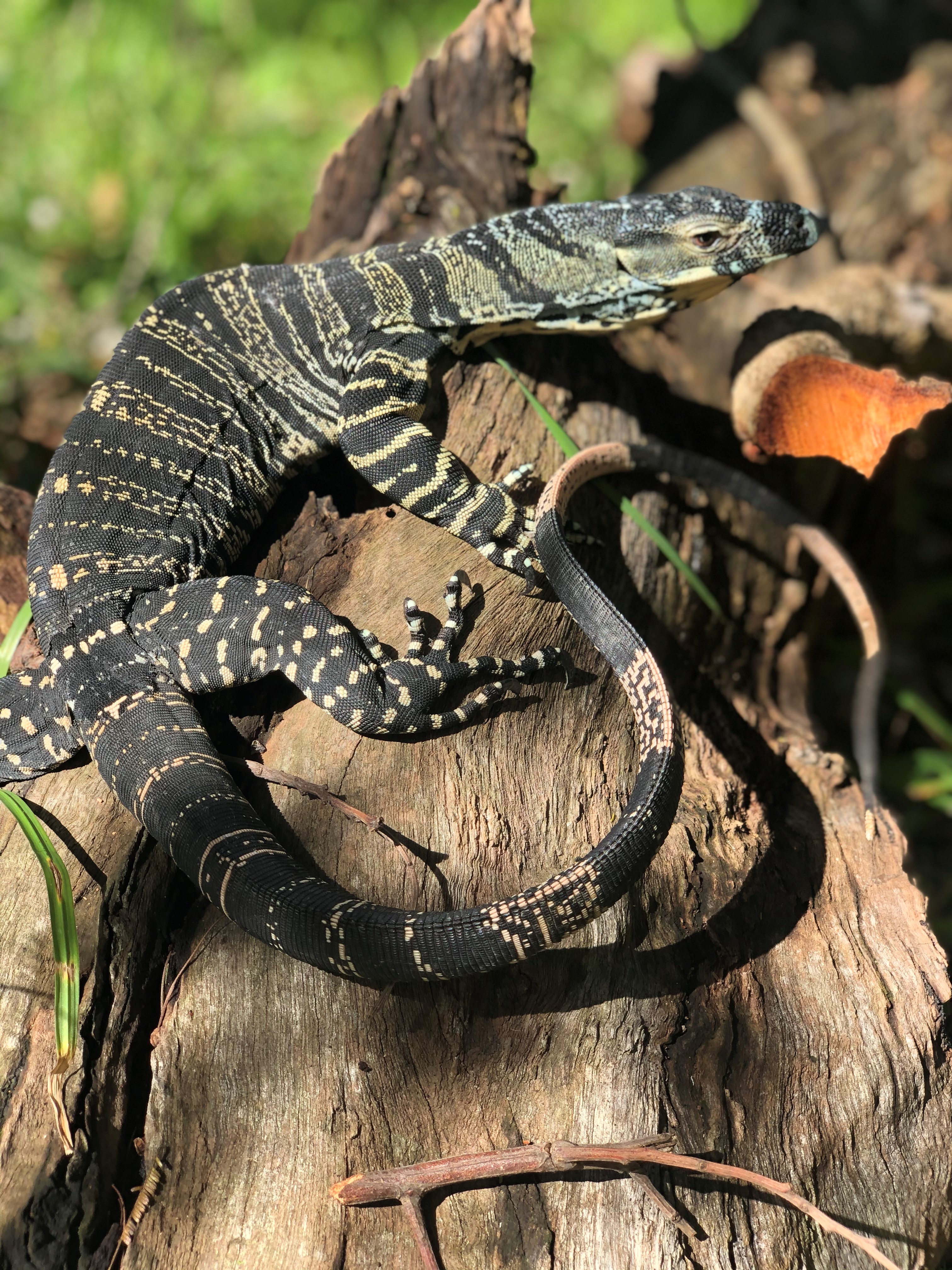
The Lace Monitor
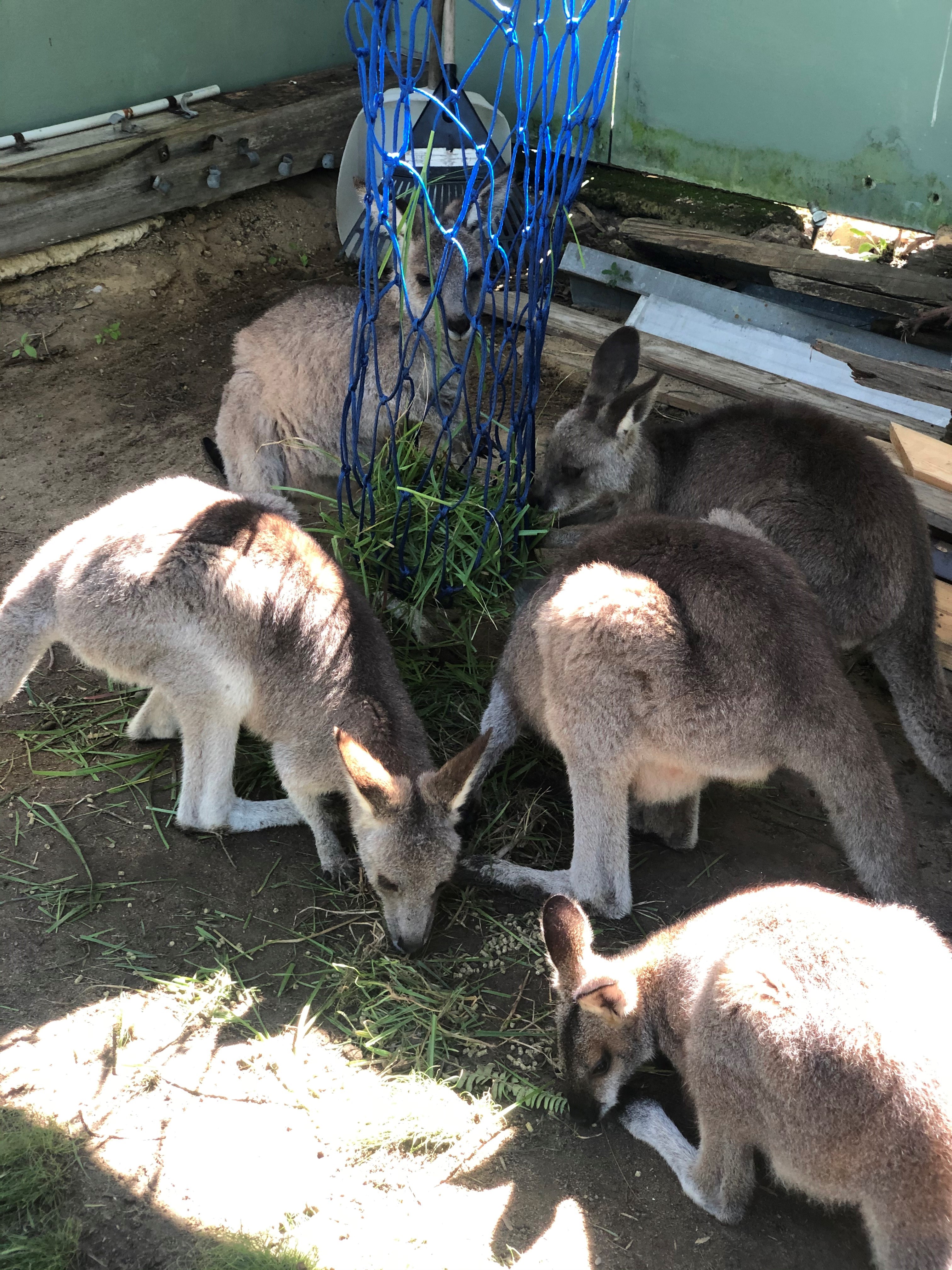
Macropod Feeding time
Every furry, feathered and scaled animal has its own personality - just like us humans. This is 'Waldo', one of the wombats that was in care in February 2020 thinking about making a Great Escape :
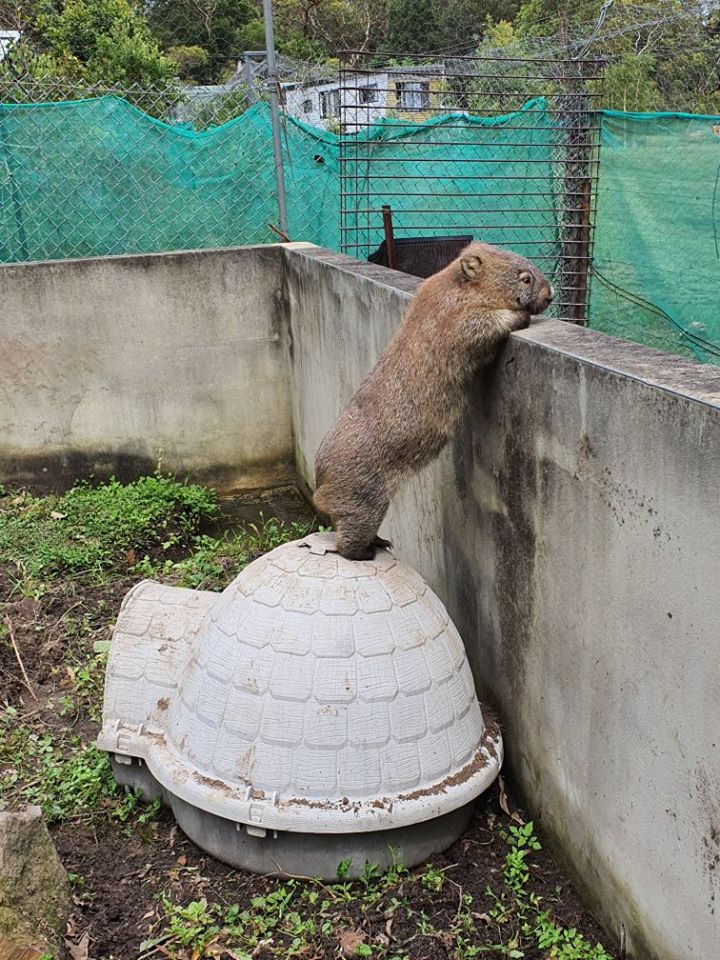
About Sydney Wildlife
Sydney Metropolitan Wildlife Services (Sydney Wildlife)is a non-profit wildlife organisation operating under licence from NSW National Parks and Wildlife Service.
Our goals are the rescue, rehabilitation and release of injured and orphaned native wildlife as well as educating the community about wildlife and habitat preservation. Prospective members must complete a two day weekend, Rescue & Care Course. On successful completion of the course trainees become members of Sydney Wildlife and are issued with an annually renewable authority to rescue and foster care a range of native wildlife including a wide range of native birds, adult possums, turtles and lizards. Once new members have gained some experience, further training is available for those wishing to care for baby animals and/or a range of other species such as bats, snakes, macropods (such as wallabies and kangaroos) and raptors.
Members must be at least 18 years of age and are required to be available for animal rescues when possible and to care for wildlife in their own homes. Members are also expected to meet the costs of travel and animal food and equipment and to commit to working on Sydney Wildlife's Rescue Line. The Rescue Line is operated from our office in Lane Cove National Park from 9am to 5pm 7 days a week. From 5pm to 9am, the After Hours Rescue Line is operated by members from their own home.
Answering the Rescue Line is interesting and rewarding - exposing members to a wide range of scenarios and rescue situations. The Rescue Line is the lifeblood of our organisation - if the phone isn't answered, animals don't get rescued.
Attendance at the Rescue & Care Course costs $140 which includes a wide range of resources including the Course Manual, Bird Care Manual, a Bird Identification Book, rescue basket and emergency food packs. Two people residing at the same address and sharing course materials are offered a reduced fee of $100 per person.
This course is specifically designed for people wishing to become members of Sydney Wildlife and to actively rescue and care for native wildlife. It is not a general education course and is not suitable for those intending to work professionally with animals or who are seeking a prerequisite for entry into another course.
Prior to enrolling, please think carefully. Wildlife rescue is not for everyone. While it can be extremely rewarding, it can also be time consuming and sometimes distressing.
Members need to be able to handle animals confidently and to accept that in some cases, the animals they encounter may die or have to be euthanized.
If you have any questions, please call one of our friendly volunteers at our office for a more detailed discussion. If, however, you believe you have what it takes, click on the "Registration Form" button here
If you have any further enquiries, email to training@sydneywildlife.org.au or call our office on 9413 4300 to leave your details for an information package to be mailed or emailed to you.